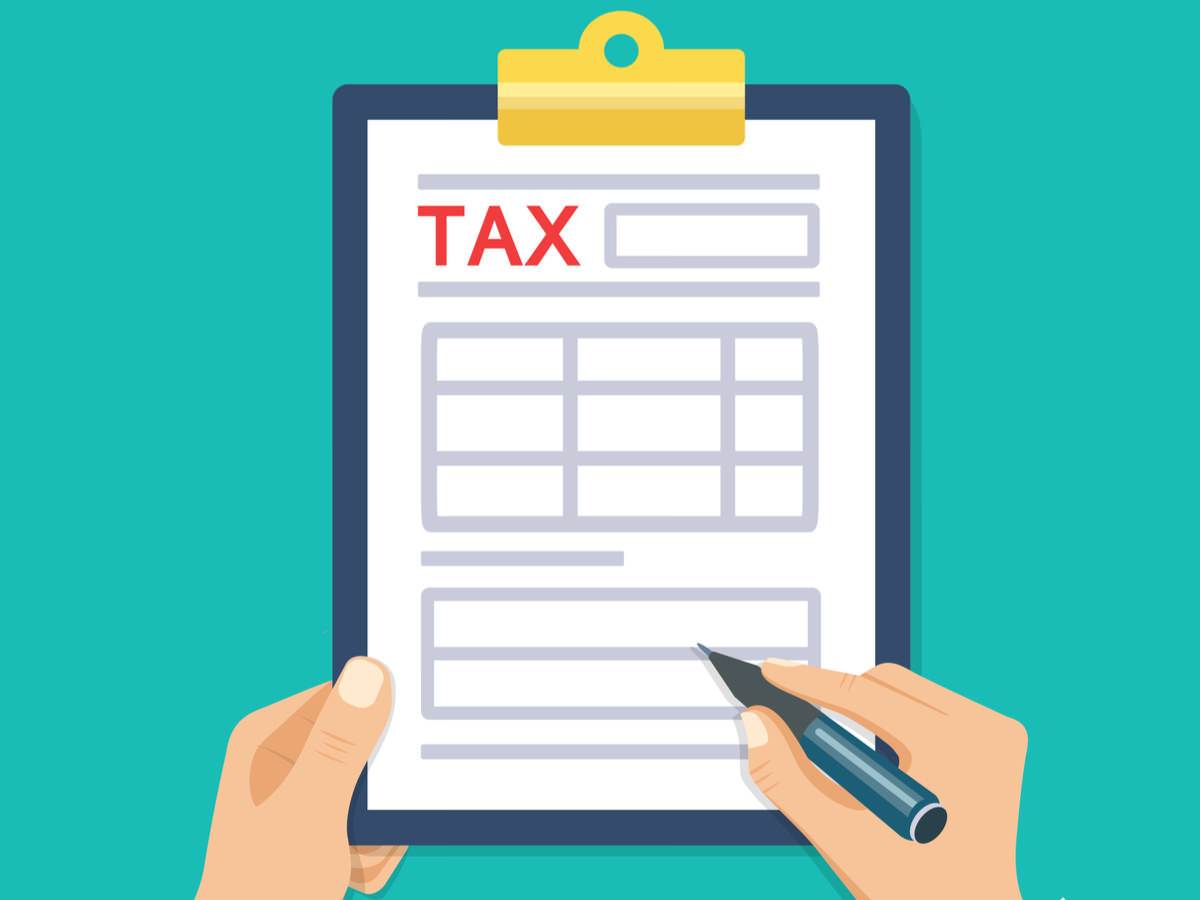Step-By-Step Guide to File Income Tax Return Online

It has been a good 3 months since the end of the financial year and by now, all the salaried employees must have received Form 16 from their respective employers. Similarly, if you have taken any fixed deposits with banks and the amount of interest receivable is Rs. 10,000 or more during the financial year, you must have received TDS certificates from banks as well. It is now time to use these documents and file your annual income statement with Income Tax Department (ITD) which we do through Income Tax Return (ITR). These are the forms required to be filed with the tax authorities every year to document and record annual incomes and receipts. It contains a summary of the taxable incomes and taxes paid by people/organizations in a prescribed format. For normal salaried individuals and small business persons & professionals, the due date of filing the ITR is 31 July. It is easy to file ITR online yourself by registering on the ITD website/ third party sites/through CA using Digital signature.
Here is a Step-by-step Guide to File your Income Tax Returns Online:
Step 1: Collect Basic Details Required to be Filled in ITR
This includes your PAN, Aadhaar number, details of bank accounts held during the year etc.
Step 2: Compile Information Regarding Your Incomes/Investments
For salaried individuals, Form-16 can help you provide all the details you require to include salary income in the ITR. Businesspersons/ professionals/ freelancers are required to compute their income by calculating their receipts and expenses. Your bank statements will help you gather all the required financial information in this regard along with Form 16A issued by your clients. Also, it makes sense to declare any of your extra incomes besides the main incomes.
You must not forget to check Form 26AS (Income Tax Statement) on ITD website. It is a tax friendly measure adopted by ITD to share the information available with them under your PAN including the tax deducted, taxes paid, specific financial transactions entered into exceeding certain threshold limits etc. One can access Form 26AS through net banking of many bank accounts or through your account on ITD website. One must not forget to consider all the information present in Form 26AS while preparing their ITR.
Further, there are certain additional disclosures to be made along with the expected disclosures and details about income earned during the year and taxes paid thereon. Do incorporate these when you file your returns.
Step 3: Choose the ITR You Need to File
Income Tax Department has prescribed different ITR forms for different types of assessees and having different kinds of incomes. For individuals, four forms have been specified:
- ITR 1 (SAHAJ) – For Individuals having Income from Salaries, one house property, other sources (Interest etc.) and having total income up to50 lakh
- ITR 2 – For Individuals and HUFs not carrying out business or profession under any proprietorship, but not being eligible to file ITR 1: This will typically cover individuals with salary income with income from capital gains like profit on the sale of shares etc.
- ITR 3 – For individuals and HUFs having income from a proprietary business or profession: This will include individuals having business income not falling under presumptive taxation scheme.
- ITR 4 (SUGAM) – For presumptive income from Business & Profession
Step 4: Filing the Income Tax Return
Once you have collected all the information and determined which form you need to file, it’s now time to do some action now. Download the suitable ITR preparation file from ITD website and fill in the desired details. Calculate additional tax liability/refund. Pay the additional tax payable here and then, include challan details in ITR.
Once you validate that excel/Java Return Preparation Utility, it will generate an XML file which you can upload through your account on Income tax website. You can also use one of the websites like ClearTax, MyITReturn.com to file your tax return online for free.
Step 5: Verify Your Return: Manually/Online
Once you file the return online, ITD website generates a Verification Form, ITR-V which you can verify online through your net banking, Aadhaar OTP generated through ITD website or by verifying your demat/bank account details for select banks. Alternatively, you can send the signed copy of ITR-V to the ITD Central Processing Centre (CPC), Bengaluru, as per the address given at the bottom of ITR-V within 120 days of the uploading of the return.
Once the return is filed with ITD and verified online/ manually, the process is complete from your side. The return will then be processed by ITD and if there is some refund due to you, the same will be credited directly to your bank account within a few months (with interest).
Don’t forget to file your taxes by 31st July!
Simardeep Singh is a Chartered Accountant based in Delhi. He loves sharing his knowledge about personal finance and investment. He blogs regularly at www.simardeep.com.
Really Thank you for sharing, Very much glad to read it
Thanks for your help giving good information please.